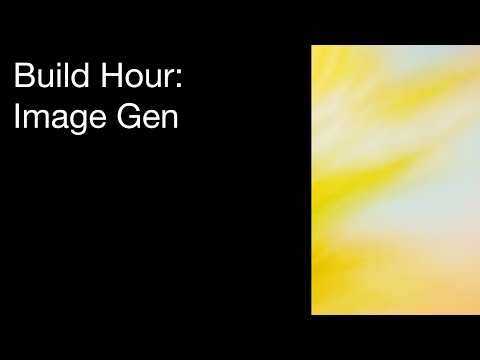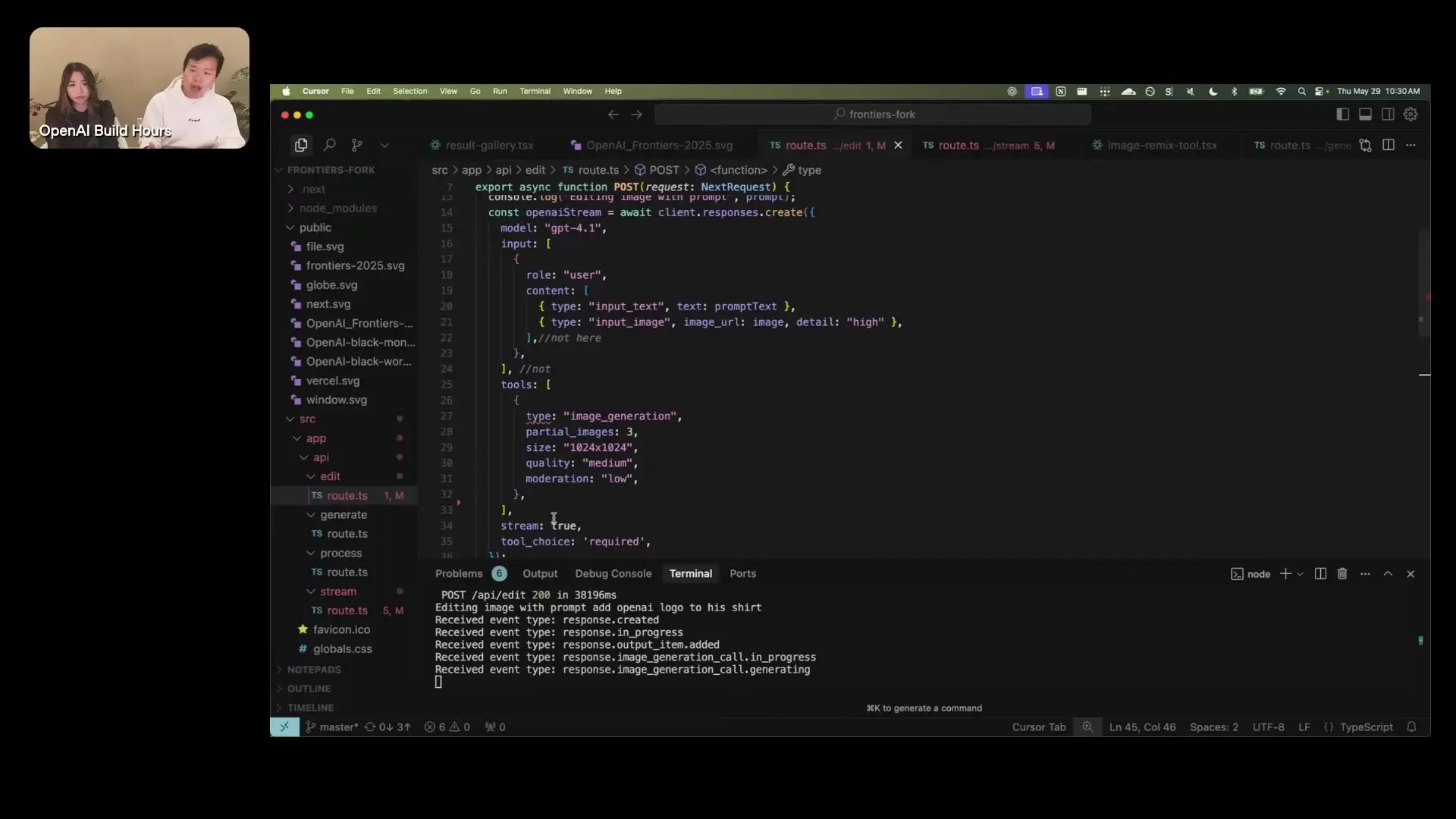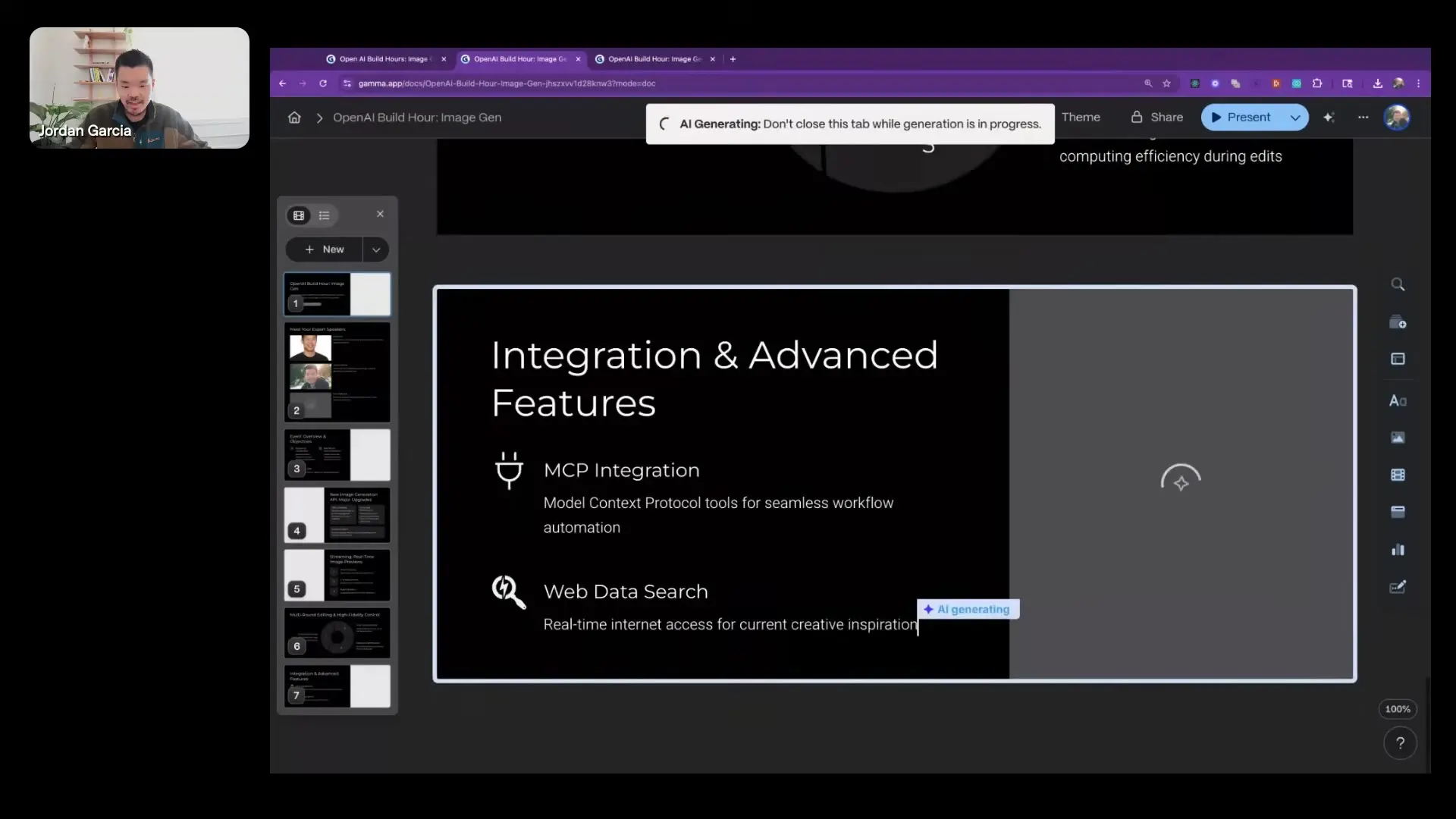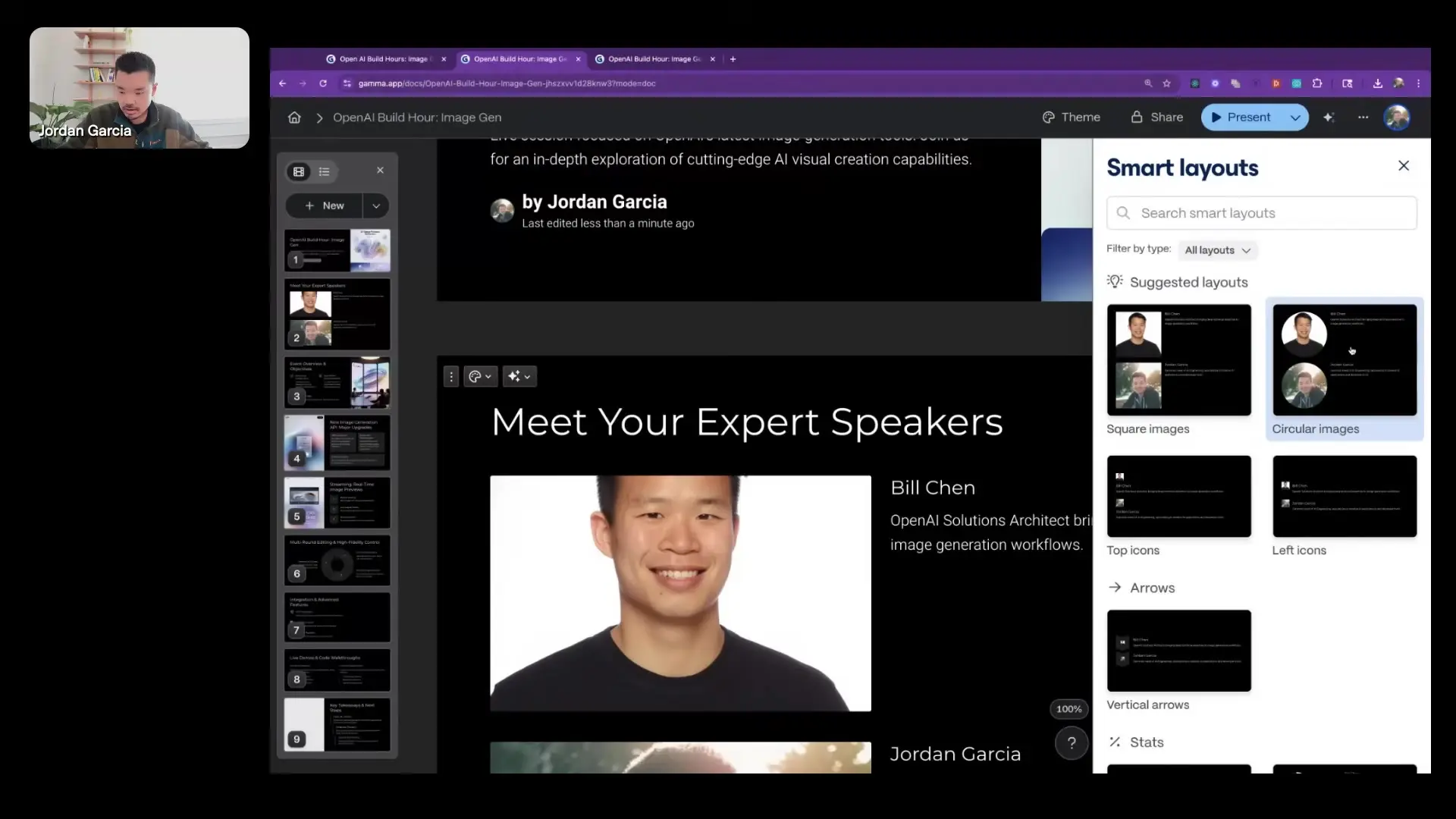
Image generation technology has evolved dramatically, moving from simple text-to-image conversion to sophisticated, interactive design experiences. OpenAI's latest image generation capabilities represent a significant leap forward, offering developers powerful tools to create more responsive, accurate, and versatile visual content.
Understanding OpenAI's New Image Generation Model
Unlike previous diffusion-based models, OpenAI's new image generation system is built on the GPT-4 architecture. This fundamental difference means images are generated auto-regressively—similar to how GPT-4 generates text—resulting in significantly improved capabilities and integration possibilities.
The model's foundation on GPT-4 brings several key advantages, including enhanced text rendering, better instruction following, and more precise image editing capabilities. These improvements make the technology substantially more useful for real-world applications.
Key Features of the New Image Generation System
- Improved text rendering on various surfaces and in different styles
- Enhanced world knowledge for creating educational materials and accurate representations
- Multi-turn editing capabilities for iterative design processes
- Image input support for combining multiple images with text prompts
- Streaming functionality for more responsive user experiences
Text Rendering Capabilities
One of the most impressive improvements is the model's ability to render text accurately within images. This includes handwritten text, typed text on different surfaces, and text in various styles. This capability is particularly valuable for creating educational materials, posters, and marketing content without the need for additional graphic design work.
What previously might have taken hours of design work can now be accomplished in minutes, making high-quality visual content creation accessible to developers without specialized design skills.
World Knowledge Integration
The model's integration with GPT-4's extensive world knowledge allows it to create detailed, accurate representations of complex concepts. For example, developers can generate science posters explaining processes like photosynthesis or cellular structures with simple one-line instructions, without providing additional context.
This capability extends to creating photorealistic renderings of real-world places, making the technology valuable for educational content, travel applications, and visualization tools.

Building with the Responses API
The new image generation capabilities are available through OpenAI's Responses API as GPT-Image-1. This implementation offers several advanced features that transform how developers can incorporate image generation into their applications.
Streaming for Responsive User Experiences
Image generation typically takes between 30 seconds to a minute to complete. To create more responsive user experiences, the API now supports streaming, allowing applications to display partial renderings of images as they become available, before the full image is completed.
Multi-Turn Editing
The Responses API provides image IDs with every response, which can be passed back into subsequent requests. This enables iterative, conversation-like editing processes where users can refine images through multiple interactions.
// Example of multi-turn editing with Responses API
const initialResponse = await openai.createResponse({
model: "gpt-4",
tools: [{ type: "image_generation" }],
messages: [{ role: "user", content: "Generate an image of a mountain landscape" }]
});
// Use the image ID for the next request
const imageId = initialResponse.choices[0].message.tool_calls[0].image.id;
// Second request that modifies the original image
const editedResponse = await openai.createResponse({
model: "gpt-4",
tools: [{ type: "image_generation" }],
messages: [
{ role: "user", content: "Generate an image of a mountain landscape" },
{ role: "assistant", content: initialResponse.choices[0].message.content },
{ role: "user", content: "Add a cabin in the foreground with smoke coming from the chimney" }
]
});Multi-Tool Image Generation
The Responses API allows developers to combine image generation with other tools, such as web search. This enables creating images that incorporate real-time information, such as weather data or current events, without requiring custom function implementations.

Masking for Targeted Editing
Developers can now implement masking functionality to enable in-painting experiences. This allows users to edit specific areas of an image while leaving the rest unchanged, providing more precise control over the image generation process.
Practical Applications and Use Cases
With these advanced capabilities, image generation is no longer just a text-to-image process but has evolved into a dialogue-based design experience. This opens up numerous possibilities for practical applications across various industries.
- Educational content creation: Generate accurate, visually appealing science posters, diagrams, and instructional materials
- Marketing materials: Create customized promotional content with properly rendered text and brand elements
- UI/UX prototyping: Quickly generate interface mockups with realistic text elements
- Product visualization: Create product concepts with accurate text labels and descriptions
- Real-time information displays: Combine web search data with image generation for up-to-date visual content

Getting Started with OpenAI's Image Generation
To begin experimenting with these capabilities, developers can access the OpenAI Playground, where they can test the Responses API with the image generation tool enabled. This provides a hands-on way to understand the potential of the technology before implementing it in production applications.
For more advanced implementations, developers can integrate the Responses API directly into their applications, combining it with other tools like web search to create more dynamic, information-rich visual experiences.
Conclusion: From Text-to-Image to Design Dialogue
The evolution of image generation from simple text-to-image conversion to a dialogue-based design experience represents a significant advancement in machine learning for image generation. By building on the GPT-4 architecture and incorporating features like streaming, multi-turn editing, and tool combination, OpenAI has created a more versatile and powerful system for visual content creation.
As developers continue to explore these capabilities, we can expect to see increasingly sophisticated applications that leverage the combination of natural language understanding and image generation to create more intuitive, responsive, and powerful tools for visual content creation.
Let's Watch!
Revolutionary AI Image Generation: Build Better with OpenAI's Latest Tools
Ready to enhance your neural network?
Access our quantum knowledge cores and upgrade your programming abilities.
Initialize Training Sequence